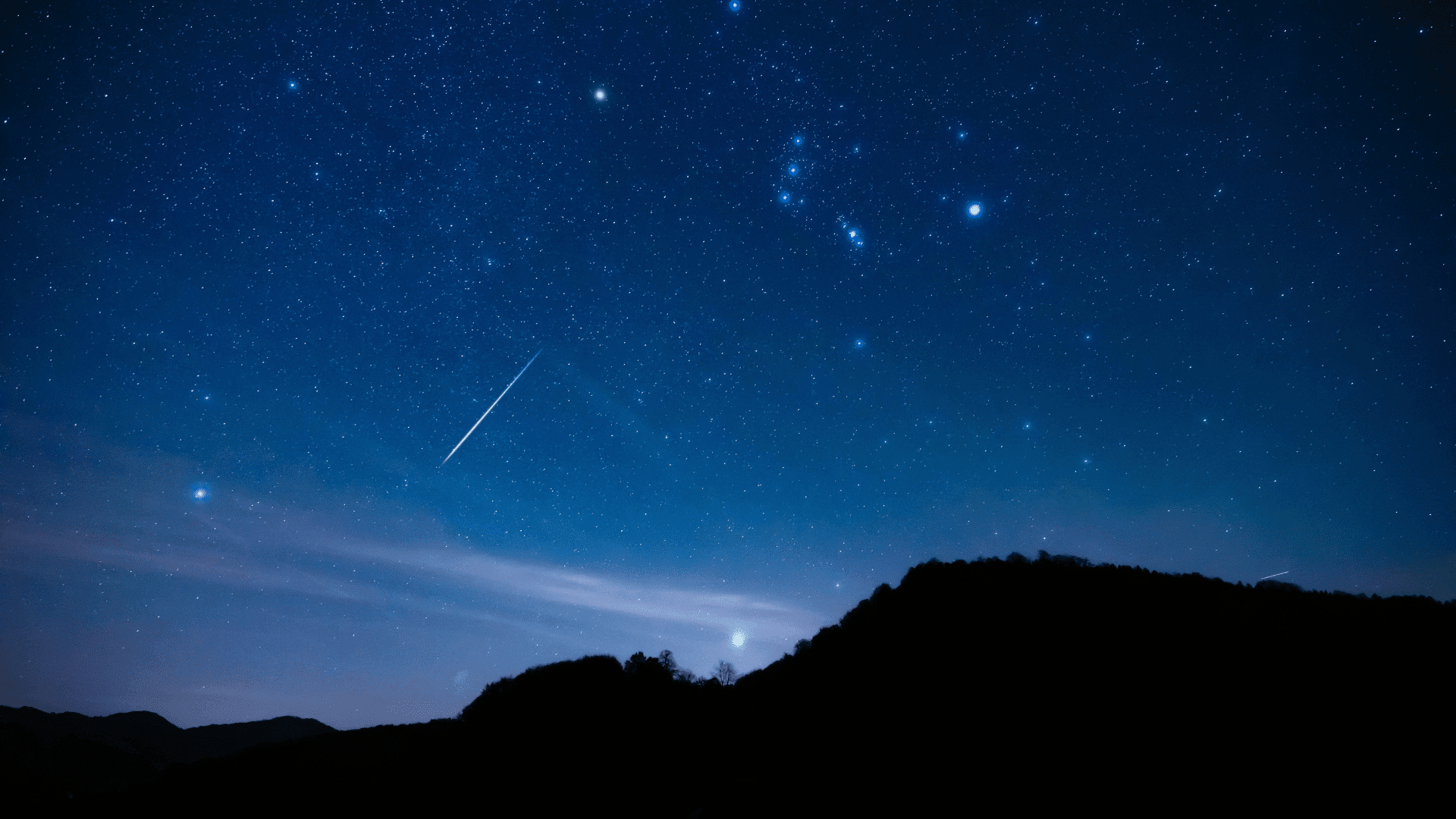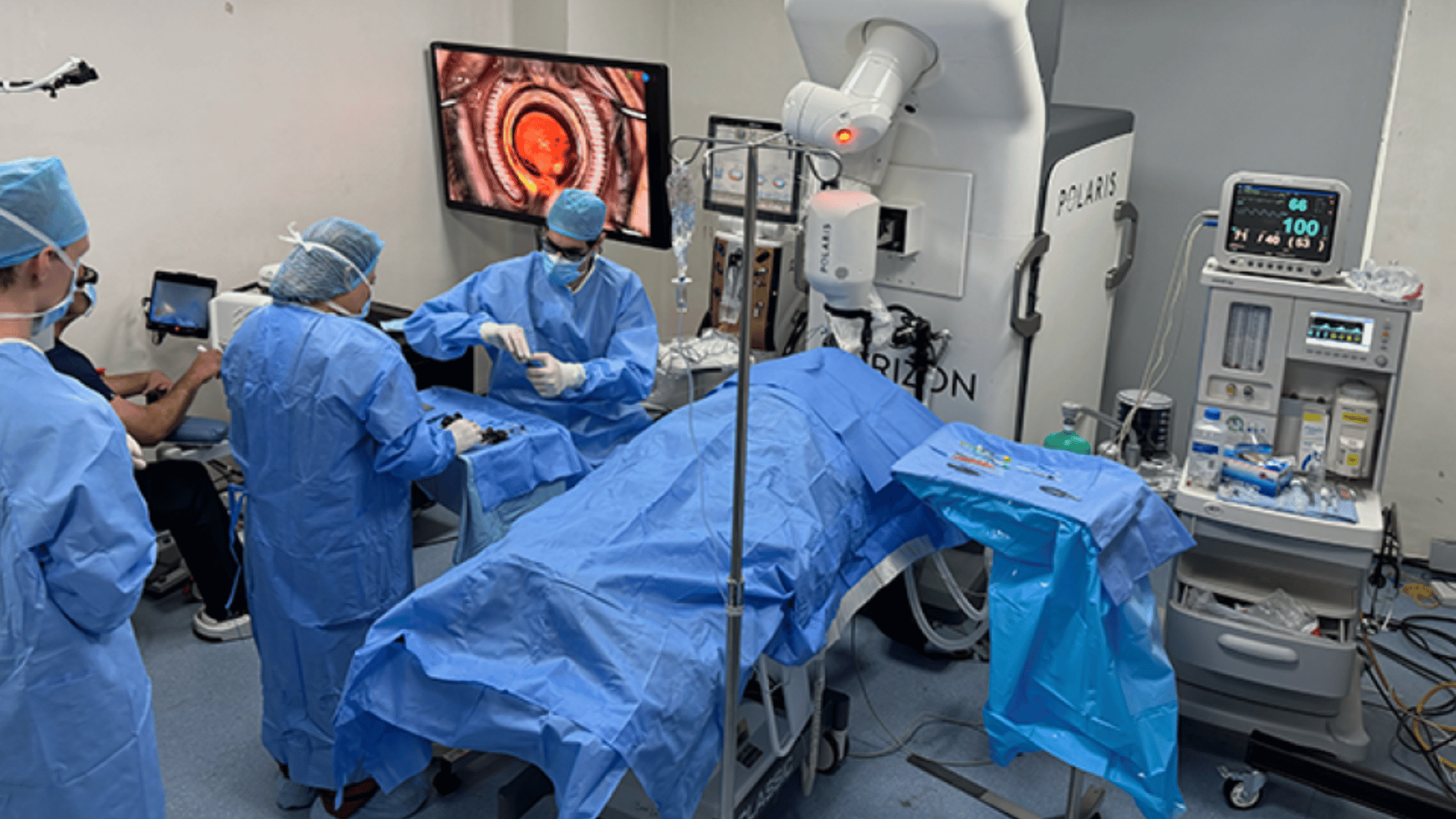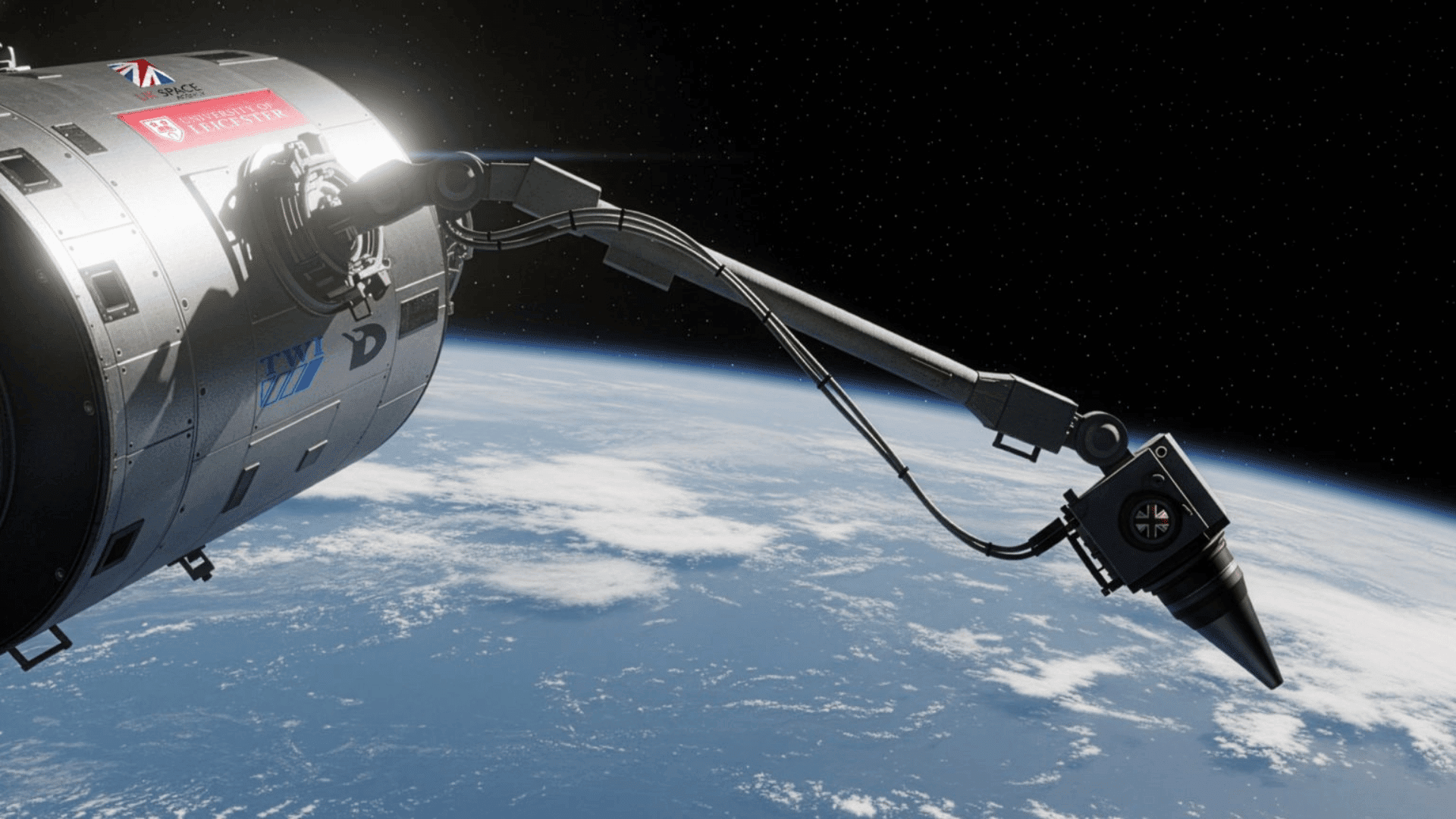The Orionid meteor shower, which will last until November 22, peaks on the night of Tuesday, October 21, along with the new moon. According to experts, conditions could allow for a night of shooting star sightings.
“This meteor shower happens when Earth travels through the debris trailing behind Halley’s Comet, and it burns up in our atmosphere.” NASA’s Jet Propulsion Laboratory stated in a YouTube video titled “What’s Up: October 2025 Skywatching Tips from NASA.”
Timing & Visibility

According to NASA, the presence of the new moon means it’s more likely stargazers could spot fireballs, which are brighter than normal meteors. Sky watchers could expect to spot around 20 meteors per hour at its peak.
The best time to spot the meteor shower will be just before midnight until around 2:00 AM, according to NASA.
What Causes the Orionid Meteor Shower?
Meteor showers are caused by the Earth passing through the dust stream left behind by a comet or asteroid when it orbits the Sun. The Orionid meteor shower is caused by the dust stream of comet 1P/Halley or Halley’s Comet.
This meteor shower is often seen near the Orion constellation, so ensure you’re looking toward the southeast sky. However, though many meteors can look like they’re coming from that direction, stargazers could spot meteors from any direction in the sky.
Meteor Shower Skywatching Best Practices
Stargazers will easily be able to see the meteor shower, even without the aid of a telescope, binoculars, or special equipment. It’s actually recommended not to use a telescope because it could limit your view of the night sky, and having a clear view of the whole sky will allow you to spot the most meteors.
For the best meteor shower viewing experience, start by checking the weather and cloud coverage to ensure optimal stargazing conditions. Find a dark location away from light pollution, avoid looking at phones or tablets, and allot at least 20 to 30 minutes for your eyes to adjust prior to the start of the meteor shower.







